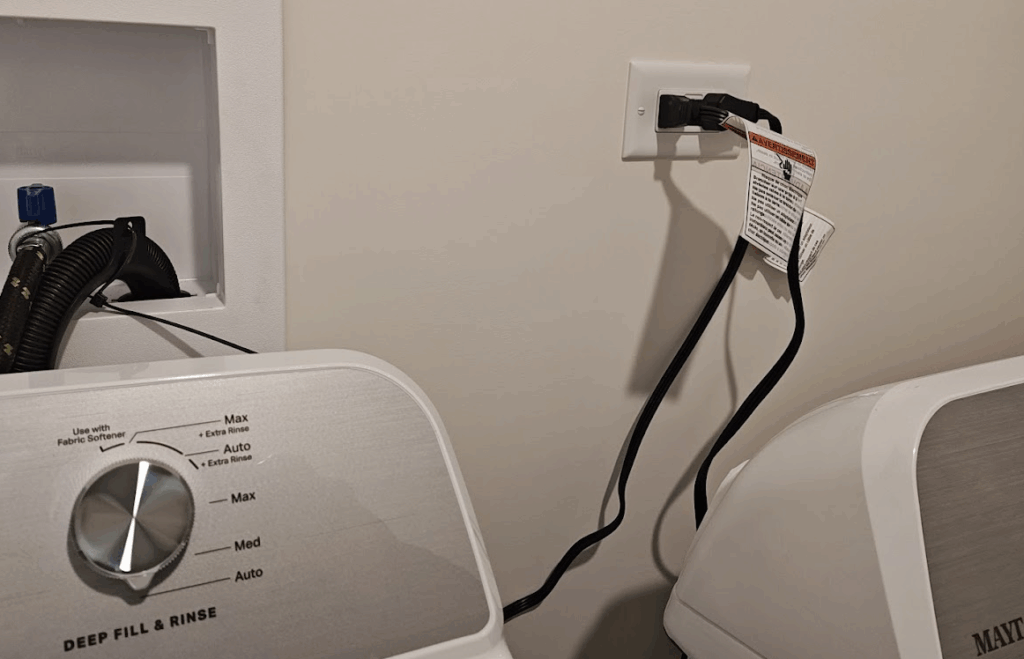
AFCI protection NEC 210.12 is critical for passing inspections and avoiding red tags—especially when remodeling, wiring a new home, or upgrading a panel. Too many solid installs still get flagged because of one thing:
Misunderstanding where AFCI protection is required—and what it actually does.
Let’s fix that.
What Exactly Is an AFCI?
An Arc-Fault Circuit Interrupter (AFCI) is designed to detect dangerous arc faults—those tiny, high-temperature discharges that can smolder for hours inside walls before igniting a fire.
It doesn’t respond to overloads or short circuits like a breaker. It reacts to the signature waveform of arcing.
Key function:
Interrupts the circuit when it detects a parallel or series arc fault that could ignite combustibles (think old lamp cords, pinched Romex, or loose receptacle screws).
Where Does NEC 210.12 Require AFCI Protection?
As of the 2023 NEC, you need AFCI protection in all 120V, 15- and 20-amp branch circuits supplying outlets or devices in the following locations:
- Bedrooms
- Living rooms
- Dining rooms
- Hallways
- Kitchens
- Family rooms
- Recreation rooms
- Closets
- Sunrooms
- Finished basements
- And yes—even laundry areas

[NEC 210.12(A)] is the primary reference here, and it expanded the list over recent code cycles. If it’s finished space in a dwelling unit, there’s a good chance AFCI is required.
3 Common Installation Mistakes (and How to Avoid Them)
1. Shared Neutrals on AFCI Circuits
Running two hots and a shared neutral? That’s a multiwire branch circuit—and it needs a two-pole AFCI breaker with a common trip. Otherwise, the internal sensing will detect imbalance and trip.
✅ Fix: Use the right breaker for shared circuits. Don’t try to cheat the electronics—they’re smarter than you think.
2. Series Arc Missed in Old Boxes
If you’re remodeling and reusing existing boxes, loose stab-in connections or old backwired devices can cause nuisance tripping.
✅ Fix: Always re-terminate old devices properly. Tighten screw terminals, and don’t rely on push-in connections.
Ways to Provide AFCI Protection
- AFCI Circuit Breakers (most common and preferred by inspectors)
- AFCI Outlet Devices (allowed when wiring method meets provisions of 210.12(A)(4) and device is first outlet)
For remodels, using an AFCI outlet as the first device can save a lot of panel hassle—but you need to prove it’s protecting downstream.
Why This Matters
The numbers don’t lie: arc faults are one of the top causes of residential fires. Installing AFCI protection isn’t just a code requirement—it’s a life safety measure.
And more importantly for you: it’s a common red tag that’s completely avoidable when you know the rules.
AFCI Protection Checklist (NEC 210.12)
- Breaker or outlet device provides combination-type AFCI
- Correct branch circuits are covered (not just bedrooms!)
- Neutral wire connected properly at breaker
- No shared neutrals without two-pole AFCI
- First outlet placement verified if using outlet-type AFCI
- All terminations tight — avoid arc-prone loose connections
Final Word from the Field
As someone who’s inspected many panels, I can tell you this: AFCI violations are one of the top five reasons jobs fail inspection—especially when electricians assume “bedroom only.”
Bottom line: understanding AFCI protection NEC 210.12 can save time, money, and hassle.
Don’t guess. Know the rule. Follow 210.12, and pass the first time.
Want to Go Deeper?
Get the complete breakdown of GFCI & AFCI code requirements in my practical field guide:
👉 Mastering GFCI & AFCI Requirements – Pass Your Inspection the First Time
Don’t forget about GFCI Protection NEC 210.8 — especially in kitchens, bathrooms, and laundry areas. Both AFCI and GFCI protection are crucial for passing final inspection